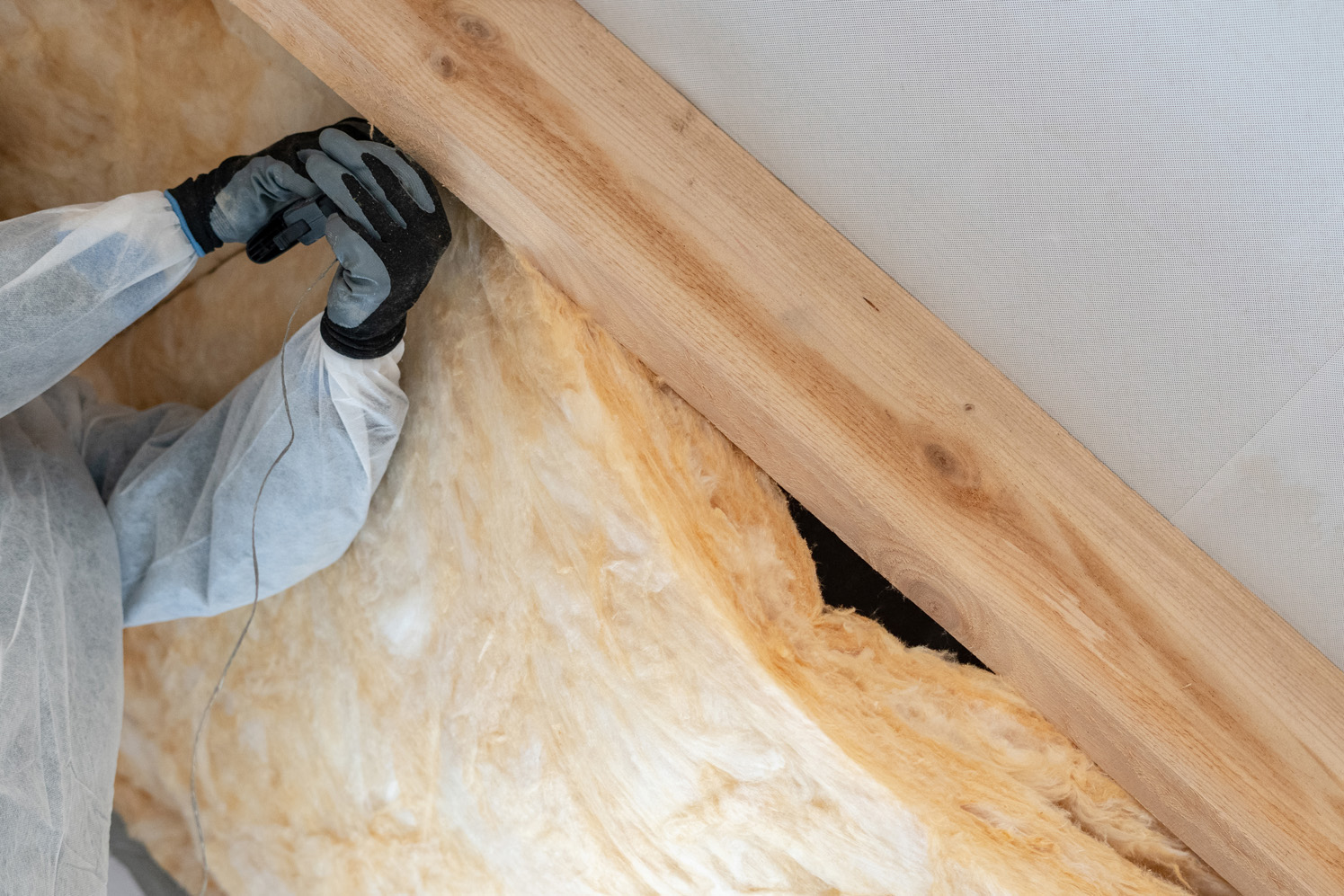Dean Fazackerley, Head of Technical Procurement for not-for-profit public sector construction framework provider LHC, gives an overview of why public sector organisations must approach homes construction procurement and project management together to comply with updated Building Regulations Part L.
The updated Building Regulations are designed to make energy-efficient building materials and methods and low carbon heating solutions commonplace across UK homes and commercial buildings. Translating this into development programmes requires a significant push not only from contractors, but public sector procurement and framework providers to work as a team from the start.
Part L, in force from 15th June, raises the bar for change across the whole construction sector, setting new targets for a 31% carbon emissions reduction for new domestic buildings, and 27% for non-domestic. It is accompanied by Part F covering ventilation — applicable to new-builds and significant extension or renovation projects, plus Part O on overheating and Part S on infrastructure for charging electric vehicles — for new-builds only.
Many public sector organisations, particularly housing associations, have been deploying low carbon materials and heating systems for years, in part due to the need for cheaper-to-heat homes for the families on lower incomes who they serve. But to expand this thinking public sector-wide, regardless of size, building programme portfolio and purpose, a shift in thinking is needed on how and when contractors’ and suppliers’ services are procured.

The first things, first
The big initial shift will be to consider planning and Building Regulations at the same time. A house built to Part L requires systemic thinking through design. This need to conserve energy, while avoiding overheating in the property, presents a requirement to understand and address Part O and Part F together. Meeting all three will, to a significant extent, determine the fabric and look of a building, which also explains why planning should be considered earlier.
Now, architects can no longer be appointed to draw up initial plans in isolation. Local authorities and social housing providers need to address the commissioning, whole building programme and asset management process together. Doing this means procuring contractors and suppliers earlier. This can be achieved more easily through a framework where a contractual agreement binds the client, and tier one, two and three contractors.
Good Part L practice is to establish core project ‘teams’ with the necessary disciplines to collaborate, map out and tackle energy efficiency considerations early on, which has a crucial bearing on whether properties pass building control.
Asking the right questions in early design stages can also prevent significant alterations down the line, which can prove costly. And, with many social housing providers calculating the scale and cost of their retrofit programmes for older properties, getting new developments right from the start now will prevent adding to this list in the not-too-distant future.
 Engage, earlier
Engage, earlier
The new Building Regulations 2022 should not cause too much discomfort for public sector organisations with forward-thinking, value-led procurement teams and framework providers. Many already use the procurement process to engage and scope out suppliers early and have strong relationships in place.
While the regulations don’t make supply chain dialogue and collaboration a legal issue, they make it necessary in order to achieve compliance. Early supply chain engagement will also be a key factor within the Procurement Bill, live in 2023, and formed a central feature within 2021’s government-commissioned independent review of construction frameworks, ‘Constructing the Gold Standard’.
But there are also huge efficiency benefits to early engagement, allowing for better workforce planning, budget savings, accurate costing and timelines, smoother dispute resolution and sharing of good practice. It also avoids hand-to-mouth appointment and guarantees longer pipelines of work, which in turn helps circumvent supply and skills shortages.

Tapping into SMEs
Innovators and technical expertise are an important part of how the public sector can take a lead in constructing for the new energy efficiency targets. This longer-term procurement strategy also improves opportunities to work with SMEs who can deliver the technology and systems the public sector will need for the future.
LHC works with SMEs on a number of frameworks, including its Energy Efficiency Measures and Associated Works (N8) and Architect Design Services (ADS1.1) frameworks, and have made considerations for SMEs on the newly-introduced Consultancy Services (CS1) and Modern Methods of Construction (MMC) New Homes (NH3) frameworks, to improve public sector access to companies designing for a net zero carbon future. Business community engagement is vital to reach these experts, however more accessible assessment criteria has also been necessary in some frameworks to encourage SME applications.
New Building Regulations pave the way for much more collaboration with smaller businesses. They call out for Passivhaus expertise, system thinking in domestic and non-domestic building, and technical knowledge around U-values, thermal bridging and whole house ventilation systems. Because of this, the public sector organisations LHC works with now view working with SMEs as mission critical.
Where from here?
The Building Regulations are undoubtedly bringing about net carbon zero by the stick, rather than the carrot. But to get our buildings up to standard and achieve the energy savings needed, at pace, it is necessary.
LHC is increasingly seeing local authorities and social housing providers taking a longer-term view of budgets, investing more in construction up front to avoid replacement or expensive maintenance down the line. For these organisations, Part L will be easier to implement, still more so for those using whole-life carbon assessments — a key feature of the Future Homes Standard, due 2025.
To transition smoothly, procurement processes for residential and commercial building programmes need a rethink, while supply chain must be prepared to get involved earlier and spend more time up-front to avoid being left behind.









